


Copyright 2006 by Mitchell Lane Publishers. All rights reserved. No part of this book may be reproduced without written permission from the publisher. Printed and bound in the United States of America.
Printing 1 2 3 4 5 6 7 8 9
A Robbie Reader/Natural Disasters
Earthquake in Loma Prieta, California, 1989
The Fury of Hurricane Andrew, 1992
Mt. Vesuvius and the Destruction of Pompeii, A.D. 79
Mudslide in La Conchita, California, 2005
Tsunami Disaster in Indonesia, 2004
Where Did All the Dinosaurs Go?
Library of Congress Cataloging-in-Publication Data
Gibson, Karen Bush.
The fury of Hurricane Andrew, 1992 / By Karen Gibson.
p. cm. (Natural Disasterswhat can we learn?)
"A Robbie Reader.
Includes bibliographical references and index.
ISBN 1-58415-416-0 (library bound)
eISBN: 978-1-54574-955-5
1. Hurricane Andrew, 1992Juvenile literature. 2. HurricanesJuvenile literature. I. Title. II. Series.
QC945.G45 2005
363.3492209759 dc22
2005009732
ABOUT THE AUTHOR: Karen Bush Gibson has written extensively for the juvenile market. Her work has appeared in such publications as Boys Life and Cobblestone. She is also the author of twenty-four school-library books. Karen lives in Norman, Oklahoma, with her husband and three children.
PHOTO CREDITS: CoverNOAA/Photo Researchers; title page NOAA/NASA; p. 4 Bill Bachmann/Photo Researchers; pp. 6, 14Sharon Beck; p. 8NASA/Photo Researchers; p. 12NASA/Getty Images; p. 13HO/AFP/Getty Images; p. 17 Thom Scott/AFP/Getty Images; p. 18 (top)Paul J. Richards/AFP/Getty Images; pp. 18 (bottom), 20, 22Robert Sullivan/AFP/Getty Images; pp. 24, 25, 27Andrew Itkoff/AFP/Getty Images; p. 26Joe Raedle/Getty Images.
PUBLISHERS NOTE: The following story has been thoroughly researched and to the best of our knowledge represents a true story. While every possible effort has been made to ensure accuracy, the publisher will not assume liability for damages caused by inaccuracies in the data, and makes no warranty on the accuracy of the information contained herein.
TABLE OF CONTENTS
Chapter One
Meet Hurricane Andrew
Chapter Two
The First Storm of the Season
Chapter Three
Hurricane Andrew Comes to Florida
Chapter Four
Picking Up the Pieces
Chapter Five
Lessons From Hurricane Andrew
Words in bold type can be found in the glossary.
 CHAPTER ONE
CHAPTER ONE
MEET HURRICANE ANDREW
How many people can fit in a bedroom closet? For the Walton family of Homestead, Florida, it was a lucky 13. They found out the hard way.
In the early morning of August 24, 1992, the Waltons sat in their living room. While the younger children slept, other family members listened to television and radio news reports. The reports said that the first hurricane (HER-uh-kane) of the season, Hurricane Andrew, was headed for the Miami area. The small town of Homestead was only 20 minutes south of Miami.
The Waltons thought they were ready for Hurricane Andrew. They had been to the supermarket. They bought food that didnt need cooking. They also bought water and other supplies. Other families had done the same.
The Waltons heard the wind and rain outside their house. Suddenly, the noise was louder. Windows in the living room broke into many pieces. The family looked for another room in the house to keep them safe. Glass from windows flew everywhere. A board hit eighth-grader Kenyahna, leaving a huge bruise on her left leg.

Hurricane Andrew packed winds between 145 and 175 miles per hour.
With no other place to go, the family rushed into a windowless bedroom closet. Twenty-year-old Tiffany saw the roof pulling away from the house as they shut the closet door. A loud noise like a train whistle hurt their ears. The Waltons waited out the storm in complete darkness. After a while, they didnt hear anything. Light was peeking under the closet door. Cautiously, they looked out.
They cried when they saw what had happened to their one-story brick home. The roof was gone. The windows were broken. Much of their furniture had been smashed. When the Waltons went outside, they saw that their neighborhood had been destroyed. Tiffany later said, It was like someone had bombed the neighborhood.
Like many south Florida families, the Waltons were no strangers to hurricanes. They just never thought they would become directly involved. Mother Carol Walton told reporters, We feel very fortunate to be alive.
 CHAPTER TWO
CHAPTER TWO
THE FIRST STORM OF THE SEASON
Hurricanes are tropical storms with winds above 74 miles per hour (mph). They are the most powerful storms on earth. The eastern and southern coasts of the United States see the most hurricanes, along with the Caribbean (kuh-RIH-bee-yen) islands, which are southeast of the United States. These areas see an average of six hurricanes every year.
Hurricane season starts in June and lasts until the end of November. The 1992 season had been the slowest for Florida in eight years. That began to change on August 14, when a tropical (TRAH-pih-kul) wave formed off the coast of West Africa. A tropical wave is a weather system with wind speeds above 20 mph. This wave increased in strength as it moved westward across the Atlantic Ocean. Three days later, a circular shape formed and the winds grew stronger. Tropical Storm Andrew was born. Since 1953, the National Hurricane Center has named all tropical storms and hurricanes. The first one of the year begins with the letter A, the second one with the letter B, and so on.

The Saffir-Simpson Hurricane Damage-Potential Scale rates hurricanes on a scale from 1 to 5. Category 1 hurricanes are the weakest, and 5s are the strongest. Hurricanes are considered especially dangerous when they reach category 3.
Tropical Storm Andrew traveled northwest toward the Caribbean Sea. When it reached the warm Gulf Stream near the Bahamas (buh-HAH-muhz), an eye formed in the storm and the wind speed increased even more. Andrew was now a hurricane.
Meteorologists (mee-tee-or-AH-loh-jists) are people who study the weather. They rated Hurricane Andrew between a category (KA-tuh-gor-ee) 4 and a category 5. A category 5 is the worst kind of hurricane. Andrew was at its strongest as it passed over the northern Bahamas. Sixteen-foot ocean waves caused severe damage and killed four people.
Studying hurricanes is a hard job. Meteorologists try to guess where a hurricane is going and how much harm it will do. They study pictures from satellites (SA-tuh-lites). They also use instruments that measure wind, rain, and air pressure. The National Hurricane Center and the National Oceanic (oh-shee-AA-nik) and Atmospheric (at-muhss-FEAR-ik) Administration (NOAA) are two groups that study storms. Sometimes NOAA or the Air Force Reserve flies special airplanes into hurricanes to collect information. All this information helps people decide what to do. In the case of Hurricane Andrew, meteorologists told people they should try to leave south Florida before the hurricane arrived.
Next page
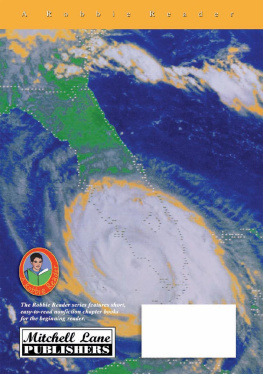
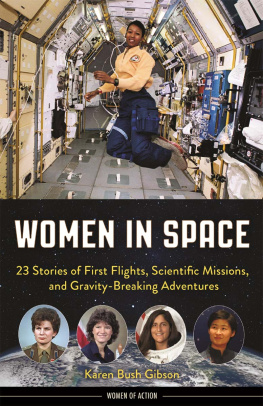
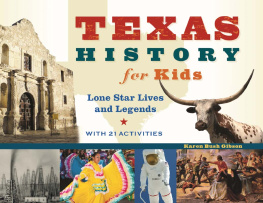
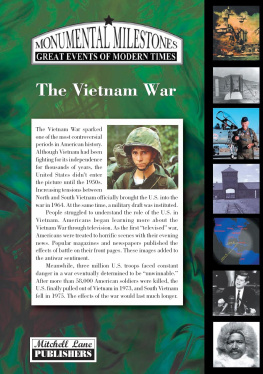


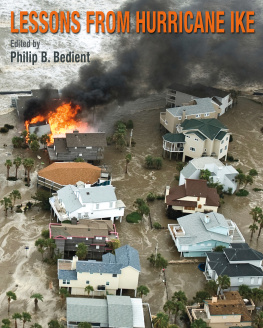
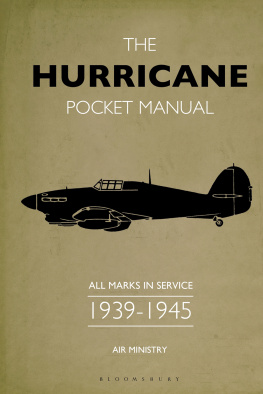


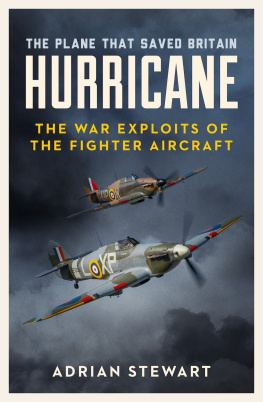
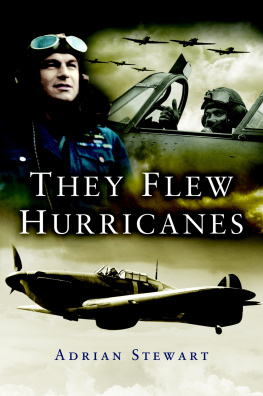
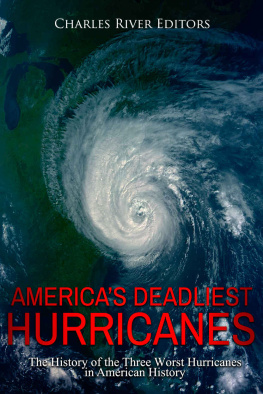




 CHAPTER ONE
CHAPTER ONE
